John is our guest writer for this edition of DAHTE 🙂
While Christine and Sheila were wrangling crocs and wrestling drop-bears in Australia, I spent a week in Auckland eagerly awaiting their arrival. I stayed in an Airbnb hosted by a couple in their 60s; Michael is a native-born Kiwi and journalist whose beat is all things Pacific Islands, and Varsha immigrated from India and works in tourism in downtown Auckland. I was grateful for their generous hospitality as I was tired and jet lagged from digging a hole halfway across the world, and their knowledge of local activities was a perk since I hadn’t planned anything at all. Even though the southern hemisphere was rounding the corner of winter into spring, it was still unseasonably cold, which Michael felt was a great injustice. “It’s simply unacceptable, and I won’t tolerate it,” he said. After toying with an ensemble of heating appliances (space heater, heated blanket, good old fashioned blankets) the first night with little success, I dialed in the Goldilocks mix and slept great each night after.
To a newcomer, Auckland’s most striking features are its islands, its trees, and its volcanoes. I stayed in the neighborhood of Mt Albert, one of several neighborhoods in Auckland named after its local lava spout. The city is essentially the result of a large cluster of volcanoes bubbling over, creating a landmass, and leaving 100-foot hills with green, grassy craters at the top. Like New Zealand’s inhabitants, some of these volcanoes are new arrivals; Rangitoto, the youngest, formed a mere 600 years ago, following the first Maori settlers by only a couple hundred years. I walked most of Auckland’s volcanoes during my stay. My favorites were North Head, where you can explore the tunnels of an old military fort; One Tree Hill, the pinnacle of the stunning Cornwall park, where Sir John Logan Campbell enshrined his admiration of the Maori by replacing their once sacred tree (the hill’s namesake) with a giant obelisk to commemorate “the achievements and character of the great Maori people;” and Rangitoto, an island nature reserve strewn with volcanic rock and home to sensitive native plant and animal species.

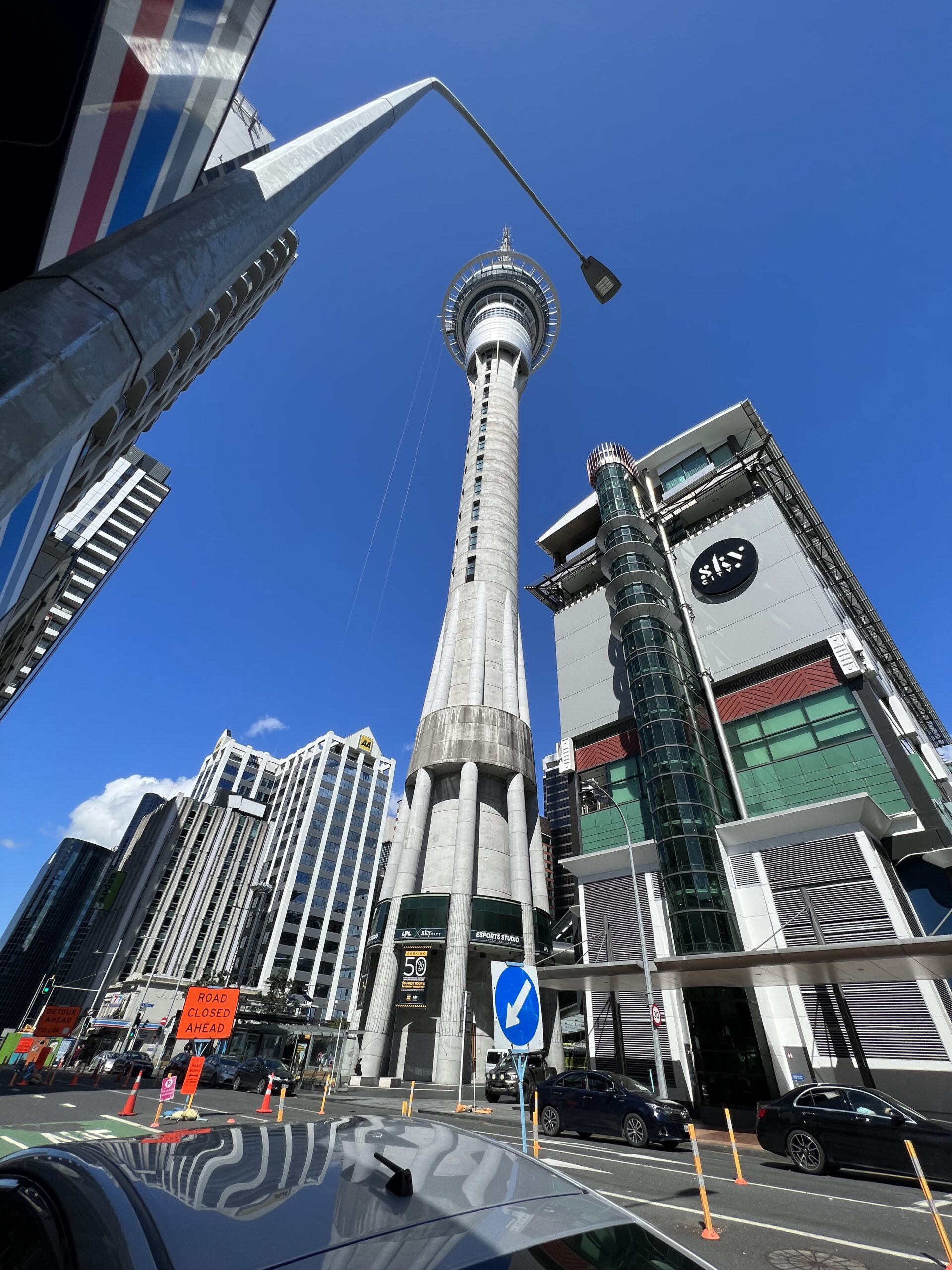

Despite New Zealand’s wealth of unique native flora, Kiwis seem obsessed with non-native trees from North America, Europe, and Asia – an apparently contentious issue between local government and Maori leaders. Auckland’s stunning parks are populated by pine, fir, cedar, and other imported trees I could only identify with my plant ID app that all grow to towering heights. The same species seem to grow better down here than in PNW backyards. Some of the most impressive trees were found in the Auckland Domain, Cornwall park, and Devonport (where a majestic Indian Banyan tree wonders what it is doing between a childrens’ playground and a kitschy shopping strip).


A ferry terminal on the waterfront of Auckland’s Central Business District ports nature lovers, wine enthusiasts, commuters, and drunk 20-year-olds to several islands not far offshore. In addition to Rangitoto, Christine, Sheila, and I set sail to Waiheke, the largest island and home to 30 boutique wineries. We visited Goldie Estate, the first to grow grapes on the island in the late 1970s. During our tasting, our host recounted the story of the vineyard’s founder Kim Goldwater, a tractor-loving, intrepid maker of spirits with dogged determination and a sailor’s tongue whose own spirit was dispatched only weeks earlier when his tractor rolled down a bank. A Chinese paper who picked up and mistranslated the story told of the final days of a bankrupt Mr. Goldwater. The wine was as good as any we’ve ever had.


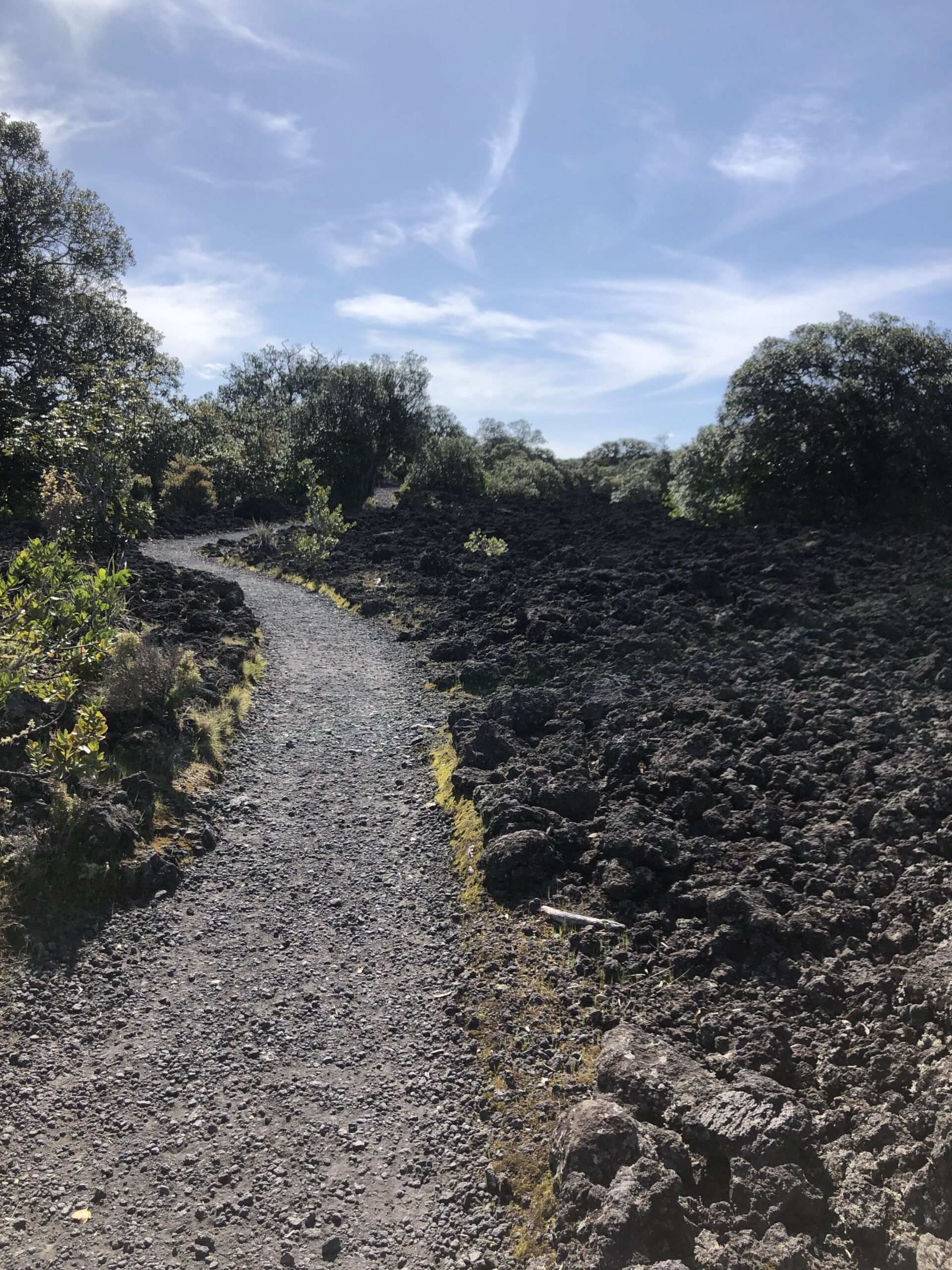
What New Zealand lacks in original cuisine it makes up for in food from around the world. Every night in Auckland, there is a night market in a different neighborhood with food trucks serving Chinese, Japanese, Thai, and South African food, among other options. Night markets take place in parking garages of malls and grocery stores, transformed into smoky, bustling scenes from Bangkok or Hong Kong. I went twice – once with my friend Corinne (a friend from home who recently became a JAFA, or Just Another F***ing Aucklander as they’re called on the south island), and once with Christine and Sheila. The highlights for me were the takoyaki and bao buns. Other Kiwi staples include meat pies, fish and chips, and Marmite – a highly polarizing tar-like spread concocted by Louis Pasteur, better known for his pioneering work in immunology and for giving us extended-shelf life milk. I’m on board the Marmite train, but to Christine it’s “one of the worst things she’s ever put in her mouth.” It’s not to be confused with its bitter Aussie cousin Vegemite (mar-might, vege-might not, as they say).



When Christine and Sheila arrived from Australia, our first order of business was picking up our rental car. Christine, thanks to her credit card rental insurance, got to be the lucky designated driver of our bright blue Yaris Cross. It took lots of conscious effort to navigate traffic at first (left side of the road…right side of the lane…clockwise through the roundabout…yield to the right…wipers on the left…), but she became a natural in no time.
Our first excursion in the car was to Hobbiton, a movie set-turned-tourist attraction from The Hobbit (the original Shire movie set from Lord of the Rings was actually burned down to film one of the scenes). Christine watched LOTR for the first time on the plane to Auckland, but Sheila was among the 40% of visitors who have never watched any of the trilogy. The set was very pretty and the tour concluded with a drink at the Green Dragon pub, which to Sheila’s delight served an amber ale (a rarity in NZ but a favorite in Middle Earth). After Hobbiton, we continued to Rotorua, an accidental EPCOT of American national parks where we visited thermal springs resembling a mini Yellowstone followed by a forest of California Redwoods. The imported foliage felt out of place, but we enjoyed it nonetheless.
Our next excursion was to Waitomo Glowworm Caves, where we took a boat ride through a subterranean river and gazed at constellations of bioluminescent worms dotting the ceiling. The worms glow to attract moths and flies towards sticky silk threads that hang from their bodies. They’re nature’s version of the hanging fly traps that come rolled up in cardboard tubes. The worms are sensitive to vibration; they turn up their brightness when they detect prey fluttering around nearby. They’re so sensitive that we weren’t allowed to talk during the tour, which would get their hopes up and cause them to waste their energy. After the tour, we went on a walk through some cow pastures, where we met a Florida man taunting cows with a stick who insisted that the animals have “six stomachs, at least.” In Florida, anything is possible.
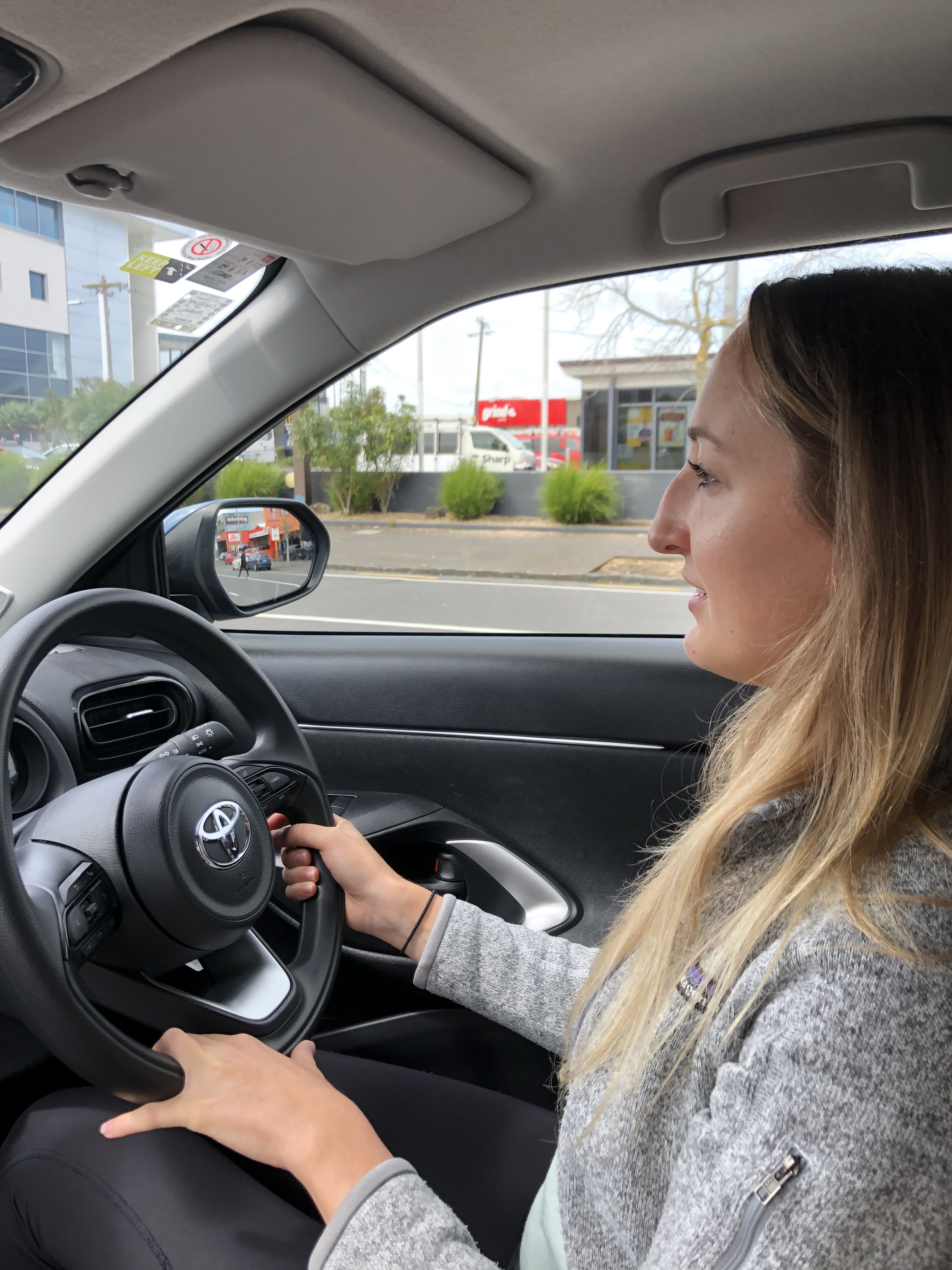
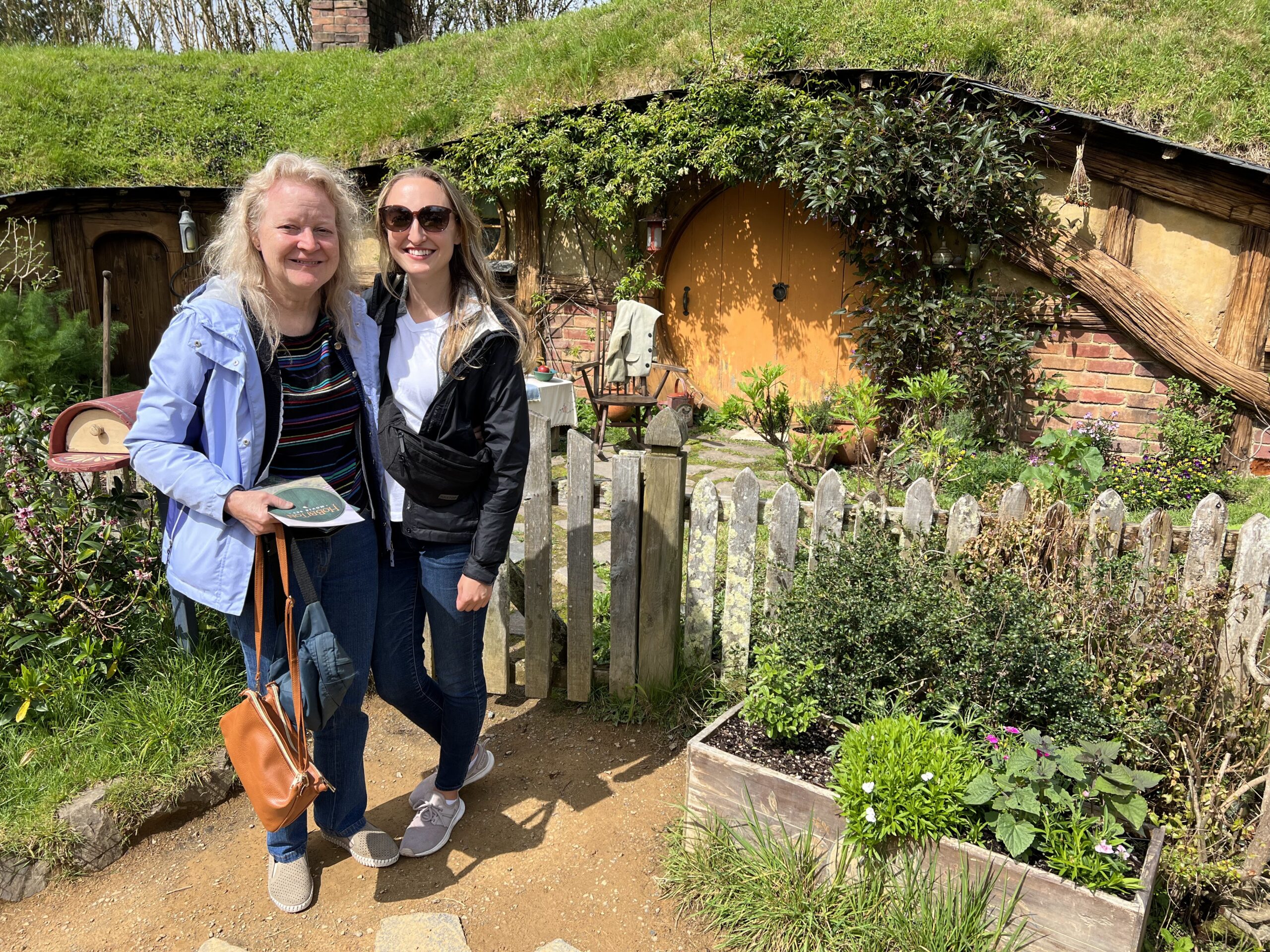

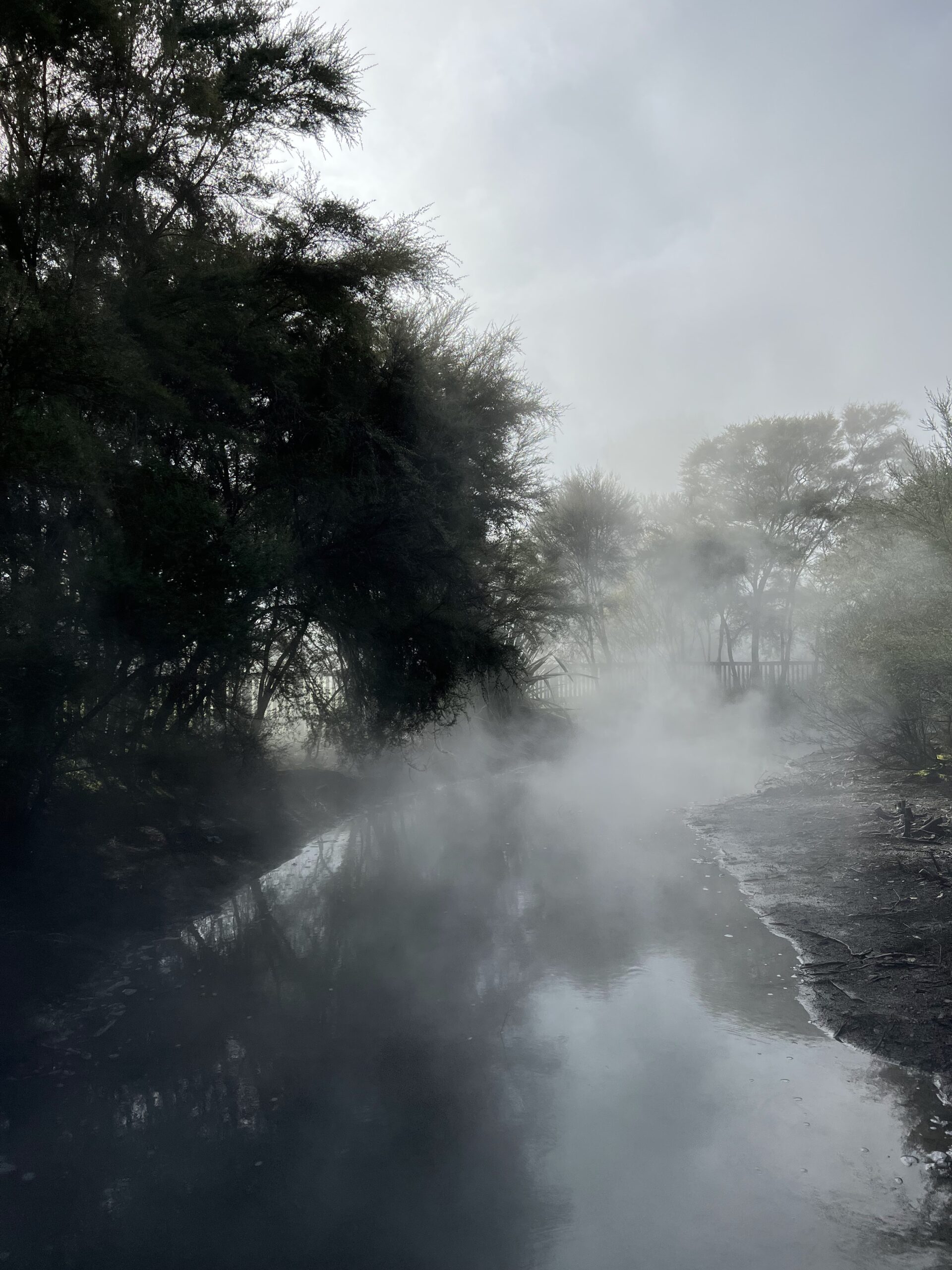
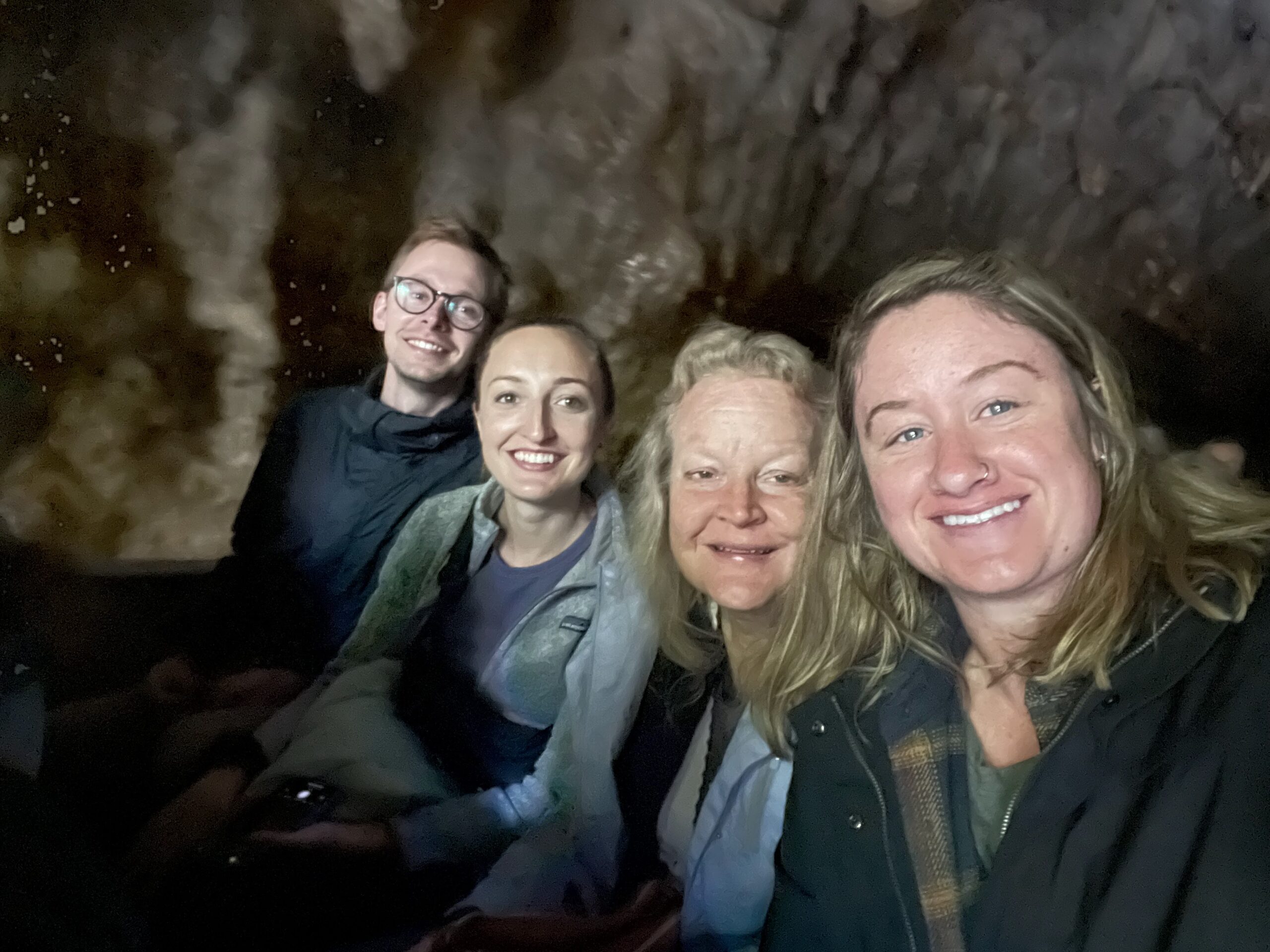
Some other highlights from Auckland included the Auckland Art Gallery with stunning portraits of Maori men and women with traditional tāmoko facial tattoos, the Auckland museum with a giant T-Rex skeleton and Polynesian artifacts, and the Sky Tower. The Sky Tower is similar to the Space Needle (but with a less cool name) with an elevator to the top where a restaurant and observation deck offer panoramic views of the city and water.
To most Kiwis, Auckland is just another big city and nothing to write home about. We, on the other hand, not only decided to write home about it but also plan to return after the next leg of our NZ adventure. Next up for us is a tiny van which will be our home while we explore the South Island. Not surprisingly, Sheila decided to opt out of van life and flew home. After roughing it the next few weeks I think we’ll be eager to return to the comforts of the big city.

John